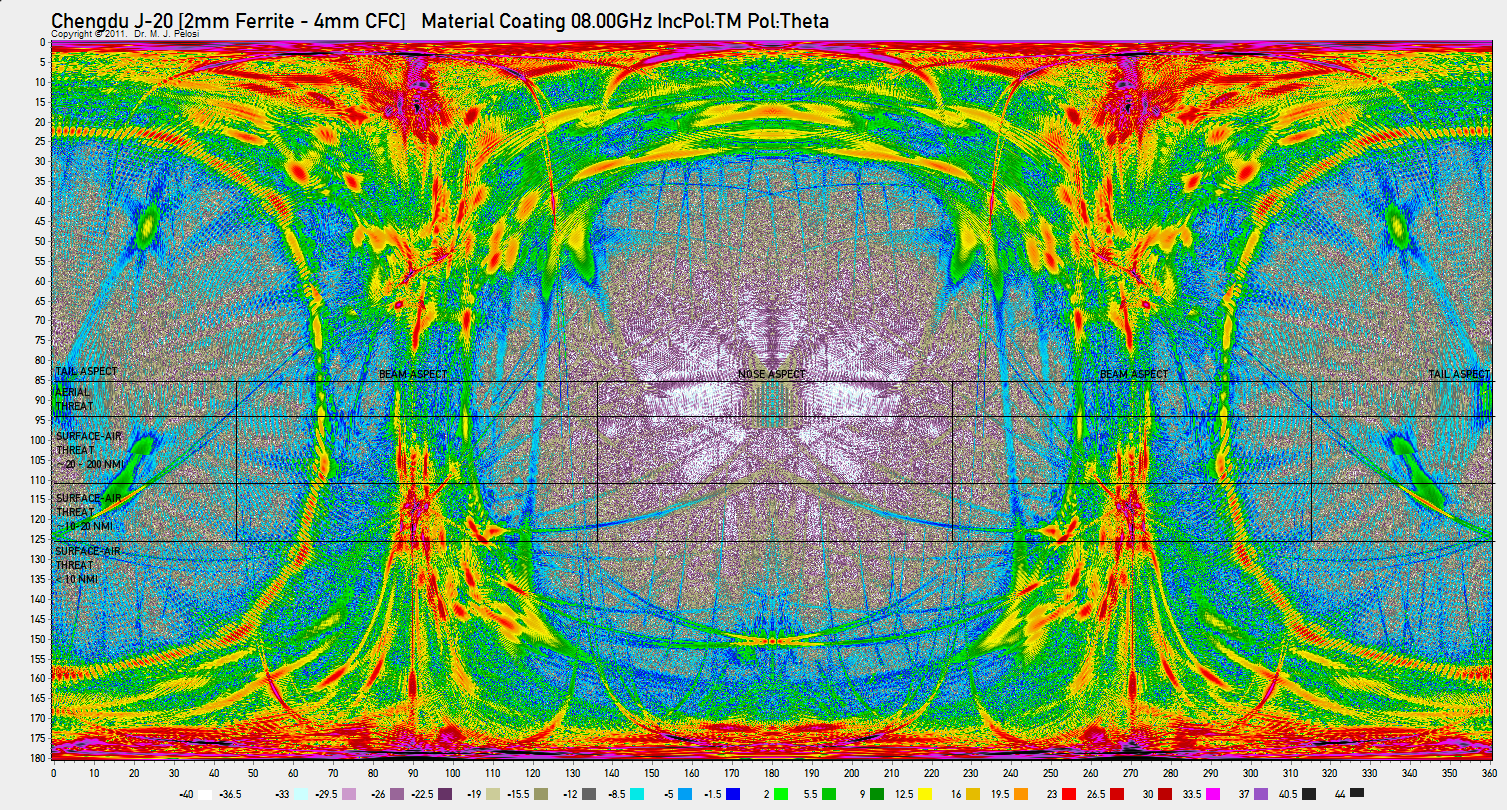It's not a straw man, because those are the roles that were ascribed to the aircraft. I wasn't the one that applied it.
Do you accept that there were various mainstream defense media writers and commentators after J-20 was unveiled that argued J-20's design limited it to the role of a dedicated interceptor or a dedicated striker?
An air superiority fighter can conduct interceptor profile missions like what you've described.
As an air superiority fighter with other roles including as interception and strike, I fully expect J-20 to train to use interception tactics among various other tactics.
Yes, air superiority fighters requires the ability to seize and hold air superiority.
Straight from AVIC:
"Major operational missions include:
seizing and maintaining air superiority, medium and long range fast interception, escort and deep strike."
I've been consistent in arguing that J-20 should have a secondary strike role if the requisite munitions are designed for its weapons bays.
I've never argued that J-20 is an aircraft that is "not a pound for air to ground".
See my post from #5392 above:
"I am stating that J-20 is a
general air superiority fighter that is capable of conducting other roles such as of interceptor and strike duties, which is a perfectly reasonable way of summarizing the current body of evidence and statements of what roles it is designed to be capable of conducting."
https://www.sinodefenceforum.com/j-20-5th-gen-fighter-thread-vi.t8169/page-540#post-563663
Let me be simple and clear:
My position is that J-20 is an
air superiority fighter whose other roles also include
interception and strike.
If you make further statements suggesting that I believe J-20 is not intended to be capable of doing the interception mission or that J-20 is not intended to be capable of doing the strike mission, then I can only be left to interpret that you are arguing from a position of bad faith.





